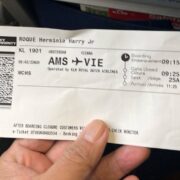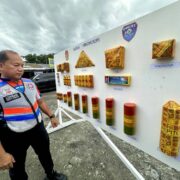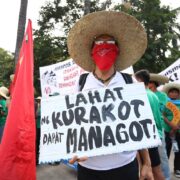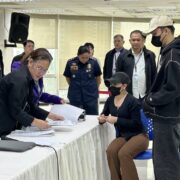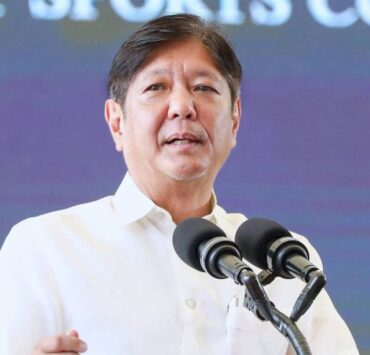PH to resume eVisas for Chinese visitors
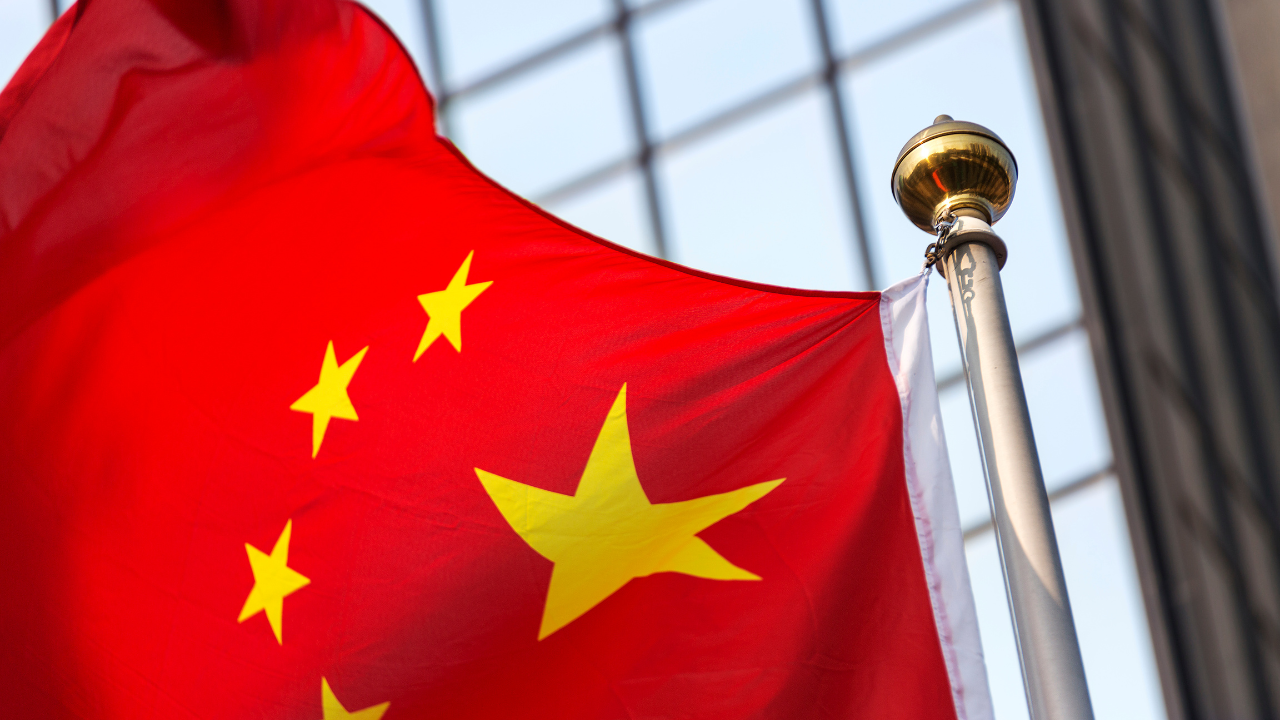
The Philippine Embassy in Beijing will revive the electronic visa (eVisa) program for Chinese nationals in November, in an effort to lure more tourists and traders into the country.
The resumption of the eVisa program comes almost two years after the Department of Foreign Affairs (DFA) temporarily suspended applications in China in November 2023.
Philippine Ambassador Jaime FlorCruz in a statement on Tuesday said the Philippine Embassy in Beijing as well as consulates in Chongqing, Guangzhou, Hong Kong, Macau, Shanghai, and Xiamen would soon start issuing eVisa to qualified applicants from Mainland China and its special administrative regions.
‘Opportune time’
FlorCruz noted that the eVisa program would allow online applications and make the process “more convenient” for those who will temporarily visit the Philippines.
Specifically, Chinese applicants who intend to visit the Philippines for tourism or business purposes may apply for the eVisa if they are traveling for 14 days only, and should enter via Ninoy Aquino International Airport or Mactan-Cebu International Airport.
Chinese travelers who will stay for more than two weeks may still apply for the conventional visa through the nearest visa application centers that will open in Beijing, Chongqing, Fuzhou, Guangzhou, Hong Kong, and Shanghai, it added.
The implementation of the eVisa comes at an “opportune time,” FlorCruz said, as he recalled the joint consular consultations of the DFA, led by Foreign Secretary Ma. Theresa Lazaro, with the Chinese Ministry of Foreign Affairs in July.
50th anniversary
“The meeting discussed the importance of people-to-people exchange—incidentally also our thrust as the Philippine Embassy commemorates the 50th anniversary of bilateral relations this year,” the ambassador said.
The Philippine Embassy in Beijing said it would soon provide more details about the eVisa application procedures, in collaboration with the Department of Information and Communications Technology and private supplier Visa Facilitation Services (VFS) Global in China.
FlorCruz signed a memorandum of agreement with VFS Global to implement the “presidential directive,” referring to President Marcos’ pronouncement in January 2023 ordering the expansion of the eVisa application to travelers not only from China but also from South Korea, Japan, and India.
Top visitor source
Seven months later, the DFA in August 2023 soft-launched the Philippine eVisa system, with the beta testing led by the Philippine Consulate General in Shanghai, China.
In November 2023, however, the DFA announced that it would temporarily suspend until further notice the eVisa system in China. The agency did not provide an explanation for the suspension at the time.
For the past decade, except for 2022, China has consistently ranked among the Philippines’ top five sources of foreign visitors, according to data from the Department of Tourism.
From 675,663 arrivals in 2016, the number grew to 968,447 in 2017, then to 1.26 million in 2018, before peaking at 1.7 million in 2019.
Based on data from the Bureau of Immigration (BI), Chinese arrivals last year were at 500,082, a slight increase from 417,128 in 2023.
Measure vs syndicates
This year, a total of 202,738 tourists from China arrived in the Philippines from January to September. That number is 22.06 percent lower than the total tourist arrivals from China in the same period last year.
In March, the BI reported that the number of inbound travelers from China increased by around 20 percent in 2024, the same year that the Philippine government announced a ban on Philippine offshore gaming operators (Pogos).
In May 2024, the DFA also tightened the issuance of tourist visas to Chinese nationals as a measure against syndicates targeting new arrivals for exploitation in illegal Pogos.
According to the Department of Labor and Employment, 82.3 percent of 118,239 workers in Pogo firms in 2024 were Chinese nationals.






